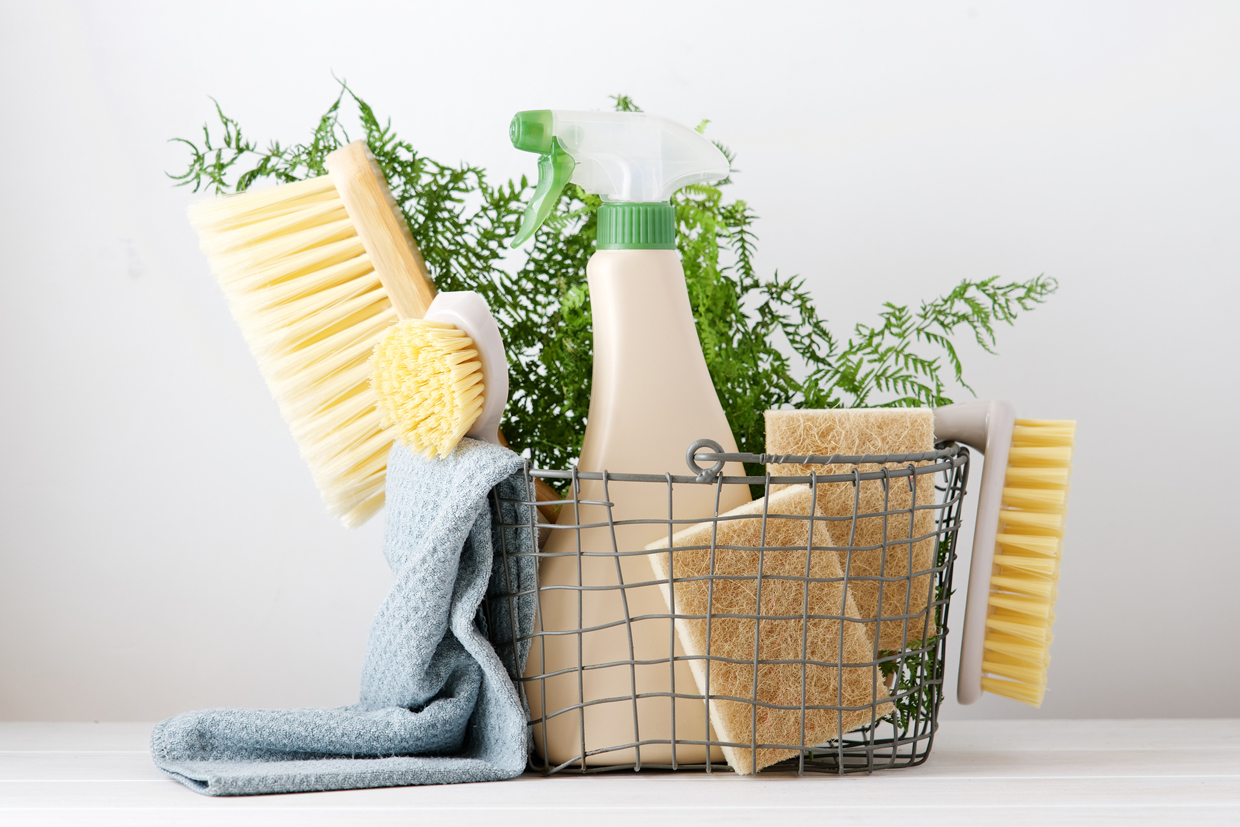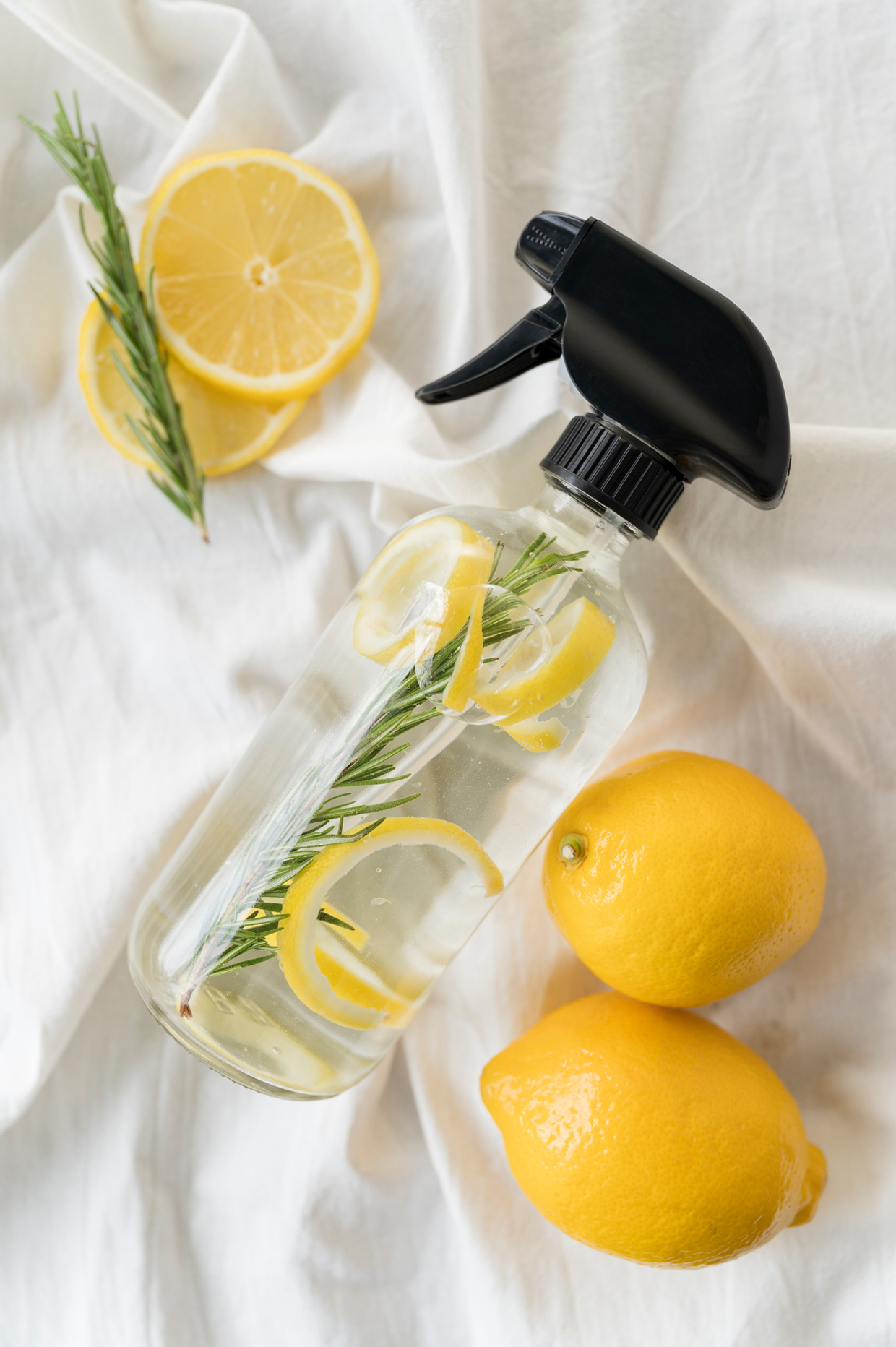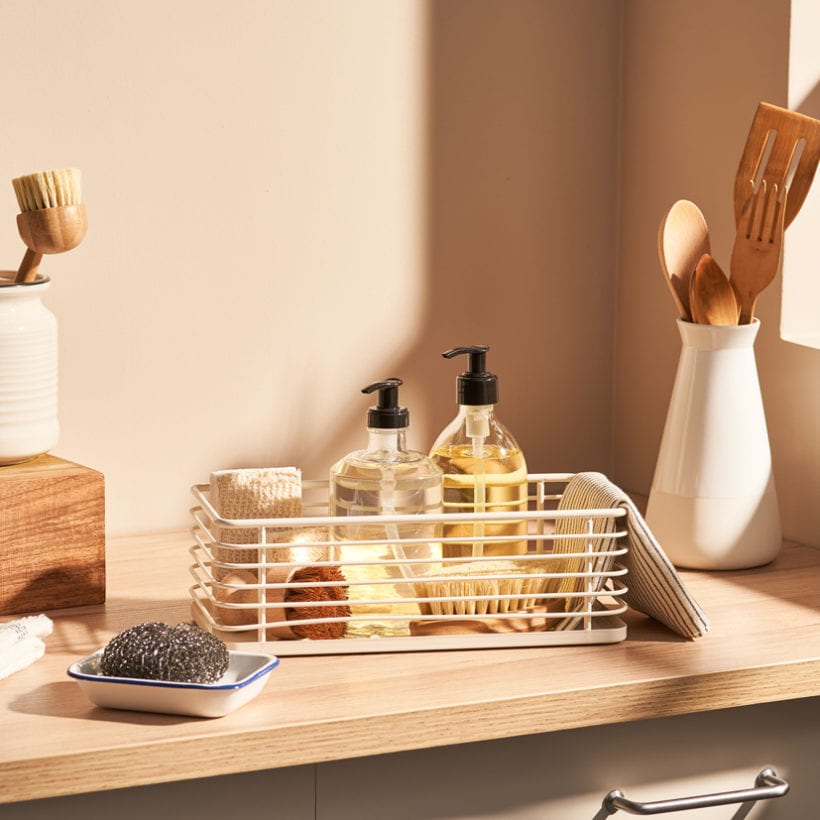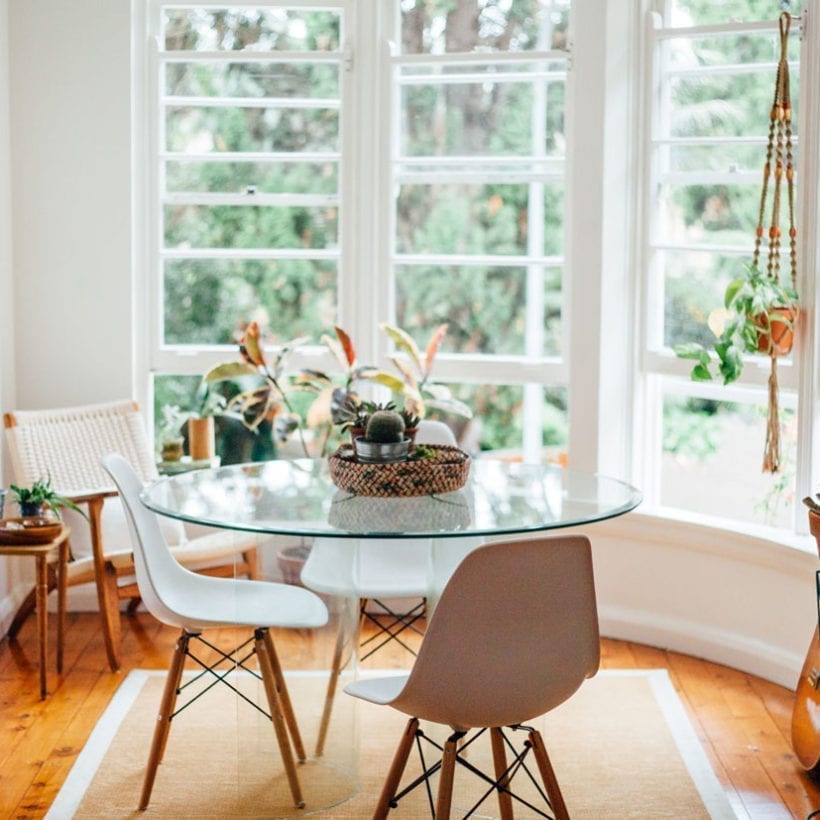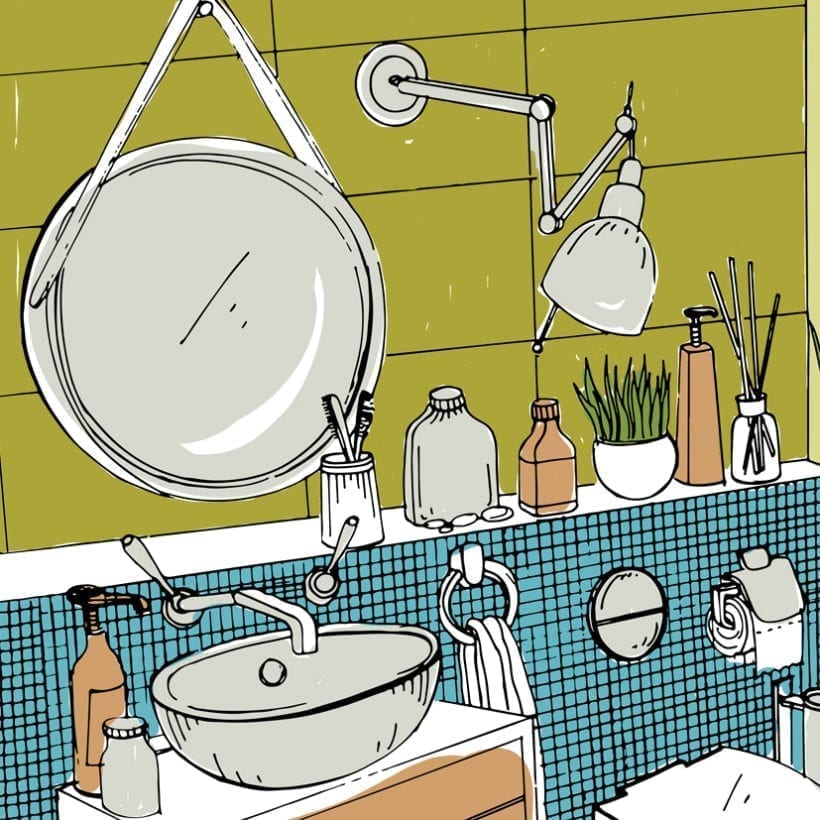How green is your cleaning routine? Chances are, probably not very. High in polluting chemicals and wrapped in single-use plastic, traditional cleaning products don’t tend to be particularly planet-friendly. Similarly, use-once items like cloths and wipes make huge amounts of waste. However, with some simple swaps, you can make your cleaning routine green-approved. Read on to find out how.
Avoid heavy chemicals
The polluting chemicals are the first thing to go. “When cleaning in an environmentally friendly way make sure that the product is free from bleach, phosphates, ethylenediaminetetraacetic acid and alkylphenol ethoxylates,” Mark Jankovich, CEO at Delphis Eco, told us. Shop from brands that eschew these ingredients and instead use natural, cleaner alternatives.
Ditch disposable cloths
The fewer disposable items in your house the better and this includes your cleaning products. One of the biggest contributors to landfills is disposable sponges, scrubbers and paper towels. “Invest in a set of high-quality, microfibre cloths. They work on all areas to leave a streak-free shine without any traces of fluff or lint. Just machine-wash using detergent only to avoid damaging the static effect,” Helen Bee, founder of Clean Living, recommended.
For scourers there’s also a planet-friendly alternative. “Try a wooden scourer with coconut bristles,” Bee suggested. When it comes to dusting, you could easily upcycle something you already have at home. “Reduce waste by using part of an old gym top. That is one item removed from landfill without even thinking,” Kaye Wannerton, founder of ekologik, noted.
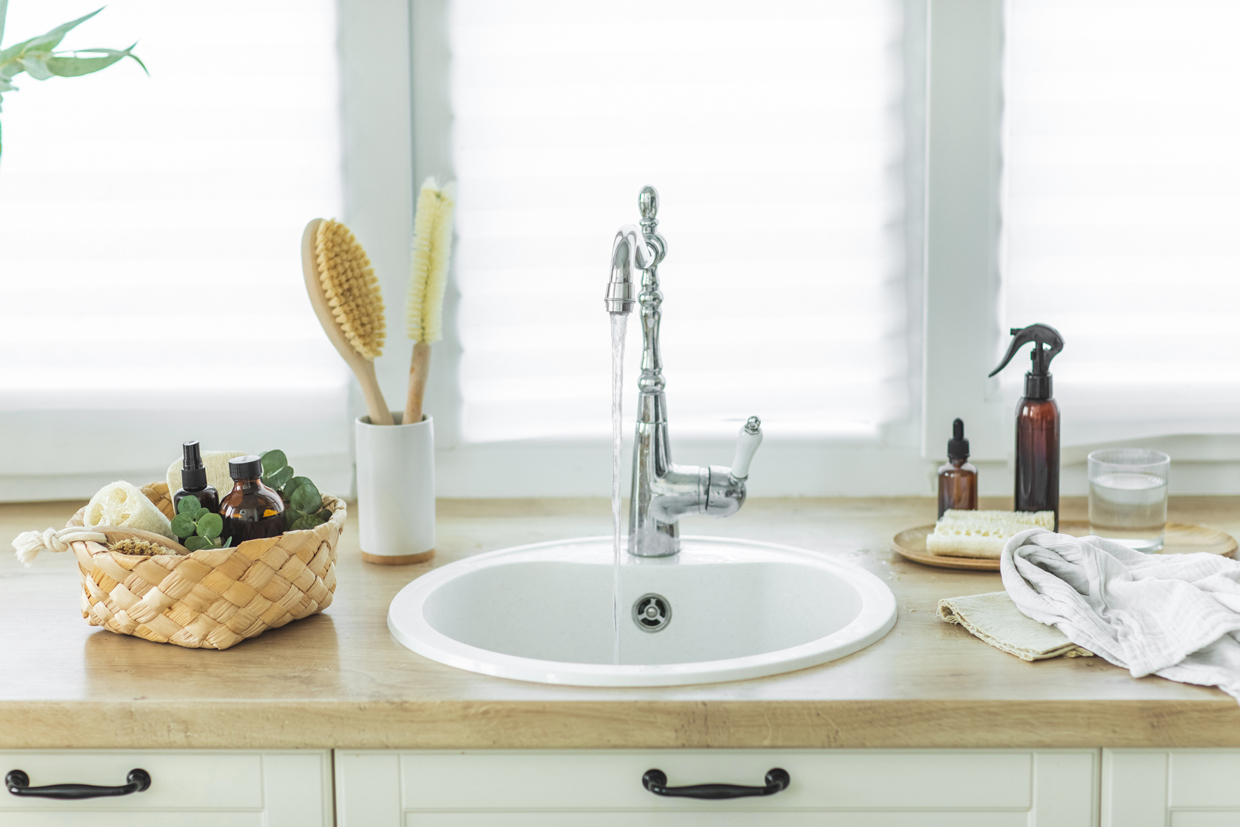
Invest in refillables
To avoid wasting large amounts of often single-use plastic, choose cleaning companies that offer refills. Refills have a twofold effect, Bee explained: “Not only do refills reduce the amount of waste sent to landfills and oceans they also reduce the need to produce more plastic and lessen the number of lorries on the road — both huge contributors to C02 emissions.”
Use concentrated products
The most eco-friendly approach to cleaning involves using the resources we have at home. The most obvious one? Water. “Why transport water when you can create a cleaning solution by simply adding water to a pod and shaking?” Wannerton pointed out. Buying concentrated products not only saves on the water, it also means the final product size is smaller which equals less packaging and fewer resources needed for transportation.
Upcycle old toothbrushes
One billion plastic toothbrushes are thrown away every year in the United States, creating 50 million pounds of waste annually. Save your old toothbrushes and add them to your cleaning toolbox. “Don’t throw old toothbrushes out, they get into all the small little nooks! Annie McWilliam,” the founder of Colt & Willow, advised.
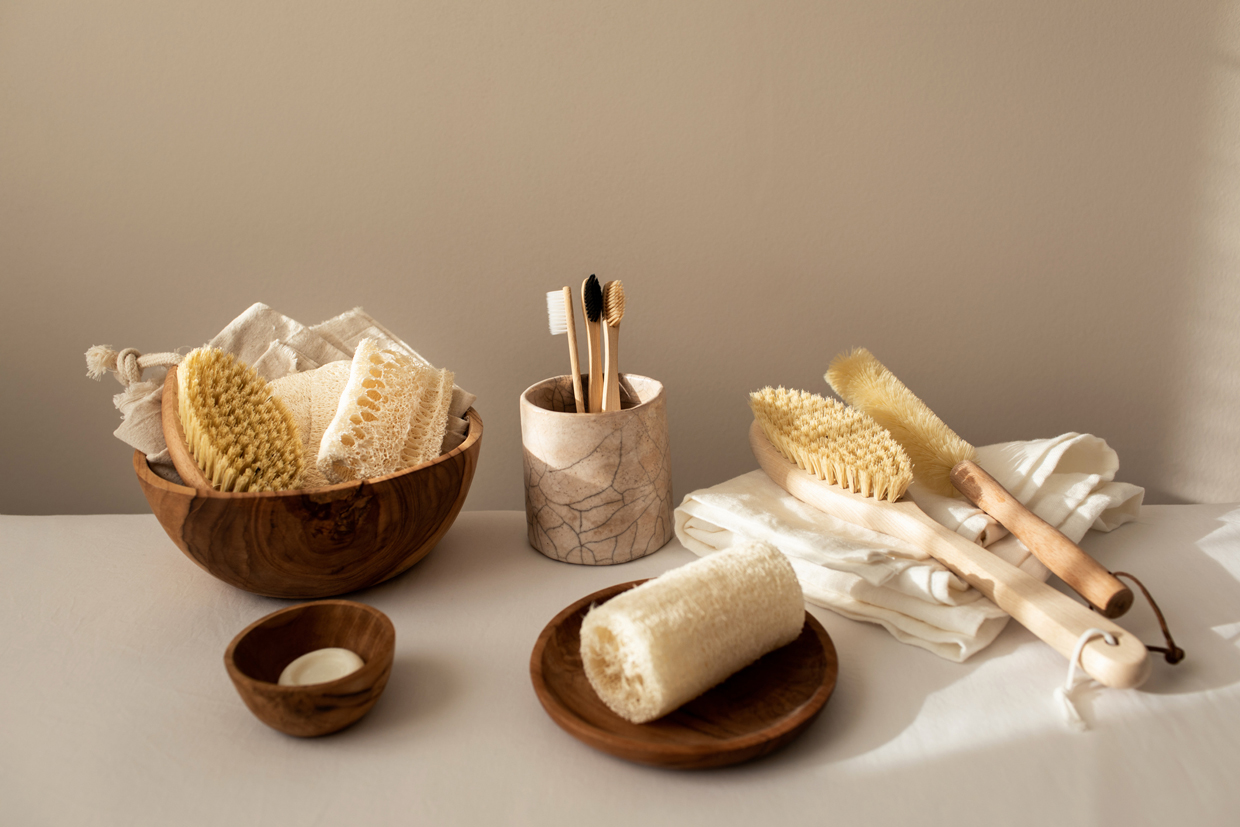
Clean the bathroom as you clean yourself
Invest in a multipurpose Castile Soap like Dr. Bronner’s, so you can save time and the planet. “You can clean your bathroom without having to use specific bathroom cleaners. Make life easy by cleaning your shower as you clean yourself. You can even get the cleaning done while your toddler plays in the tub,” Lisa Bronner, spokesperson for Dr. Bronner’s, told us.
Skip chemical scents
You don’t need to rely on harsh chemicals to keep your home smelling fresh. Rely on natural solutions instead. “There are lots of alternative ways to freshen up the air in your home; from using air-purifying plants and making scented pouches of lavender, to diffusing essential oils,” Bee suggested.
Make your own cleaning products
There are tonnes of DIY cleaning alternatives that use simple ingredients you’re likely to have around the house. “Remove unwanted odours from the soft furnishings with vinegar, water and your choice of essential oil (something like lavender),” McWilliam suggested. How about cleaning steel surfaces with olive oil? “Use a soft microfibre cloth, move in circular motions and watch those dirty marks come away,” McWilliam said. For a fresh-smelling microwave, you only need water and lemon. “Simply fill a glass bowl with water and squeeze half a lemon or orange inside. Turn on the microwave and steam it for a minute. It will create scented steam that will leave it beautifully fragranced,” Bee told us.
Don’t underestimate the power of baking soda
This humble ingredient has a plethora of uses. Bronner suggests using it to make a stainless steel sink sparkle. “I use a stiff-bristle dish brush to scrub the sink. This is great for getting in the curves of the corners, and the top edges. Simply apply some baking soda directly onto the brush to scrub those vertical surfaces. Don’t forget to scrub around the drain and the stoppers. Rinse with hot water and a washcloth, and dry fully with a towel,” she explained.
We only recommend products we have independently researched, tested, and loved. If you purchase a product found through our links, Sunday Edit may earn an affiliate commission.
